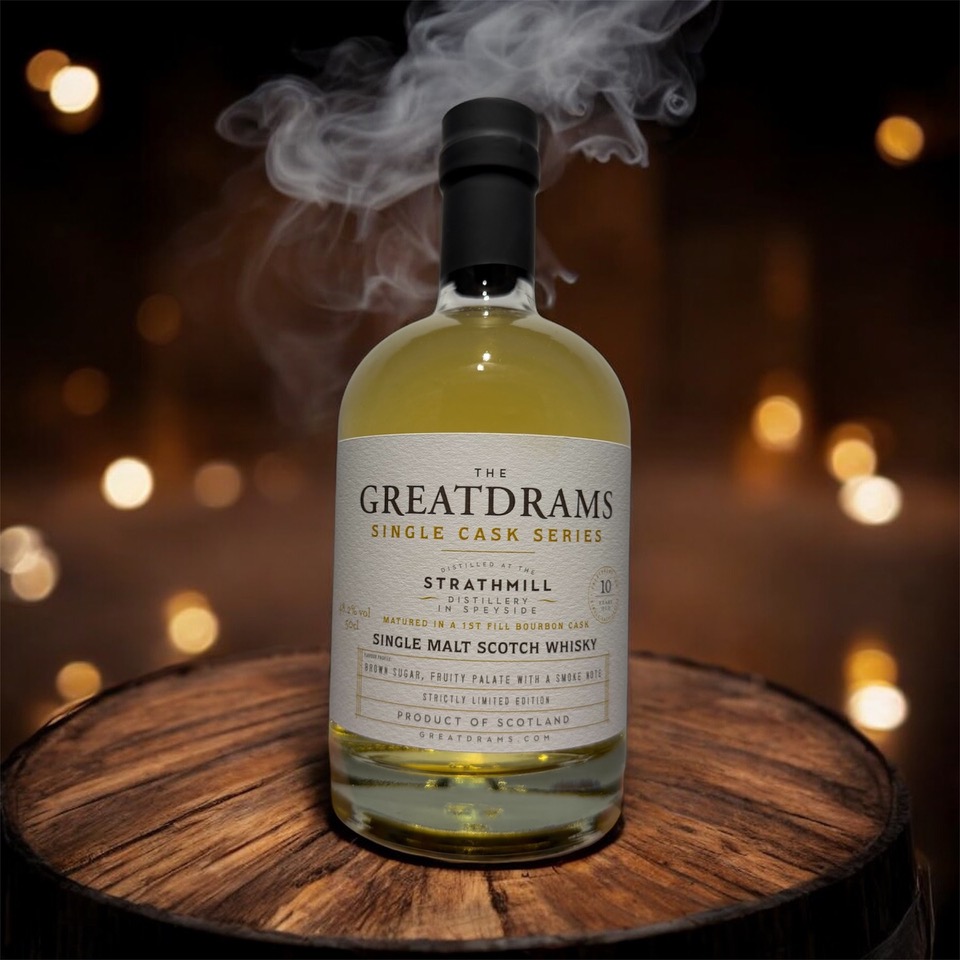An interview with Ian Buxton, author of the 101 Whiskies series
let’s begin
Firstly thank you very much for agreeing to be interviewed for GreatDrams, it truly is an honour, and I do not say that lightly. You may recall the photo I tweeted you of how I have marked up your books for years into which ones I’ve tried, haven’t tried and hints for presents, they have been a guiding light on my whisky journey.
GreatDrams: To start with, looking back at twenty-plus years, starting with the blenders Robertson & Baxter, then Glenmorangie and subsequent consulting career, how would you say the whisky category has changed over that time?
The honest answer is ‘out of all recognition’. My first job was to look for diversification strategies because the long-term future for whisky looked very grim – sales were down and distilleries were closing. At Glenmorangie, while we could see a bright future for single malt, UK market conditions were still tough – it was hard to sell the 1963 Vintage at £63 a bottle and the single cask Native Ross-shire expression simply wasn’t understood by either the trade or the consumer.
There were very few single malts around – certainly by today’s standards – and not even very many distilleries open to the public. And, with the exception of Michael Jackson, Derek Cooper and Wallace Milroy there were very few people writing about whisky. And there weren’t any web sites or bloggers of course!
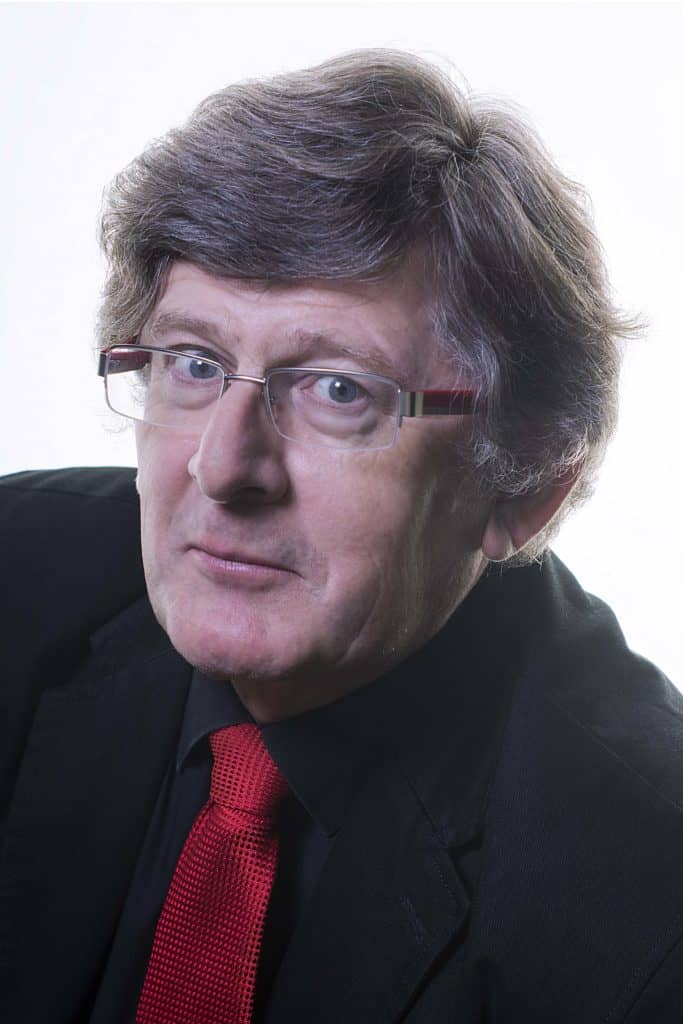
And women. I joined a very male-dominated industry. It’s opened up fantastically to acknowledge and embrace the contribution of women, many of whom are filling leadership positions with great skill and flair, and the industry is all the better for it.
GreatDrams: How about the whisky consumer? How have they evolved?
Again, out of all recognition would be the answer. The increase in knowledge, connoisseurship and expertise has been incredible. That’s partly down to bodies like the Scotch Malt Whisky Society; partly to the industry doing more education and partly to the massively-increased writing community.
As whisky has become sexy again it’s brought in new and enthusiastic consumers who have a fantastic thirst for knowledge – and who won’t be fobbed off with marketing spin! But, as a marketing person myself (at least in my formal career) I’d rather have an engaged consumer passionate about the product than something that people buy simply because they have to or need to get through life. Imagine marketing toilet cleaner – some poor sod has to do it!
GreatDrams: How do the best whiskies appeal to both the connoisseurs and those classed as gifters?
Well, at the risk of appearing controversial, gifters aren’t necessarily buying the best whisky but the best gift, and that’s often as much about packaging, presentation and brand values as it is about the liquid. They want the recipient to know that this gift has cost them some money; the motivation may not necessarily be about the product.
I like to think that connoisseurs have moved beyond this and are looking to enjoy the whisky. the great joy of whisky, of course, is that we can all disagree on what makes the ‘best’ whisky – and have a lot of fun at the same time. Just as long as the bottle gets opened and the whisky gets drunk.
GreatDrams: How the hell do you go about gaining access to some of the drams in the 101 Legendary Whiskies book? Is it as easy as emailing Bowmore for example? (If so, I’m dedicating the next couple of days to doing so!)
That’s a secret that has taken me more than twenty years to discover. And I’m still working on some of the answers. I could tell you, but then I’d have to kill you.
GreatDrams: I have also read your other books, including The Science and Commerce of Whisky, but the 101 series is quite a step away visually and content wise, what type of person do you believe the 101 series to be for?
The Science & Commerce of Whisky is very much an academic book, quite serious in tone and intent, designed for a more limited audience. Several of my other books, such as the books for Glenglassaugh or Glenfarclas and the forthcoming history of Morrison Bowmore (But the Distilleries Went On) have been commissioned by the companies concerned who wanted an independent view of their history or contribution to the industry. They appeal to the general reader who might be interested in the company or distillery concerned, but is probably still an enthusiast for whisky.
The 101 Whiskies series are aimed more widely and have worked very well in the gift market. It makes me very happy to know that they have worked well with whisky fans but also introduced a number of people to the world of whisky. People seem to find them approachable and accessible and have even started web sites to record their personal attempt to try all 101, or 202 and now, I suppose, they’ll go for 303!
GreatDrams: I know there has been chatter about not doing any more 101 books, but is this the end of the series or is there a new series coming soon?
Actually, it was never intended as a series! There was only ever going to be the first book but that sold so well (and continues to sell, I’m very happy to say) that there was a demand for more. And more.
I personally believe that the latest 101 Legendary Whiskies is the best; the most interesting and the best written. It would be my personal choice out of the three, because it explores whisky in the most depth and tries to look at the wider cultural context in which it has a unique and very special place. There are also some quite good jokes (at least, I think they’re funny). We need to sell a few more copies of the new one before worrying about another whisky 101.
As for a new series, I am working right now on 101 Gins, and having huge fun with that.
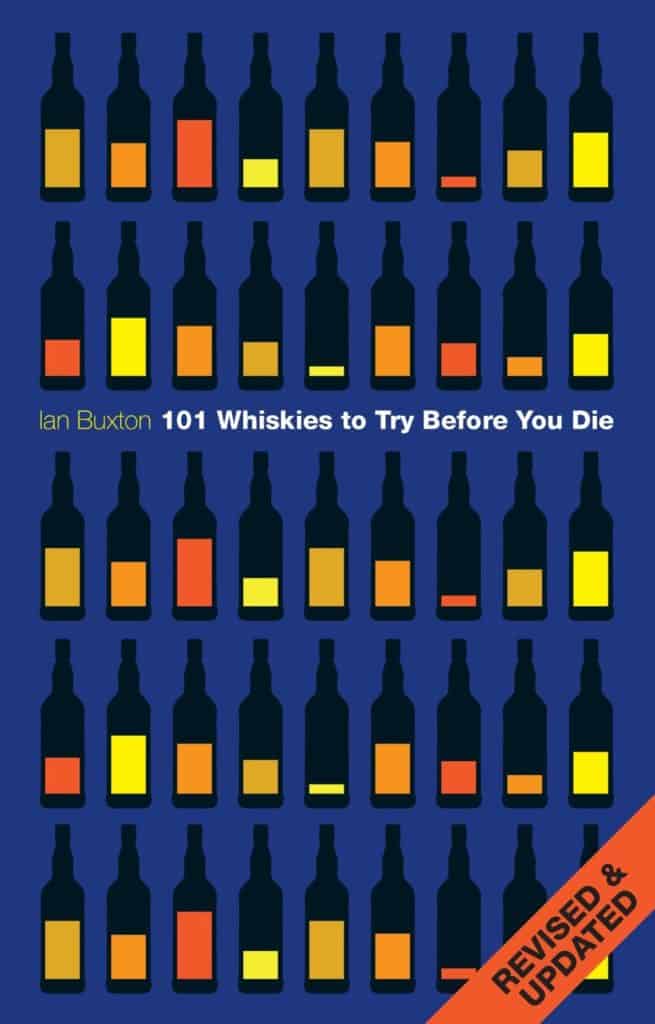
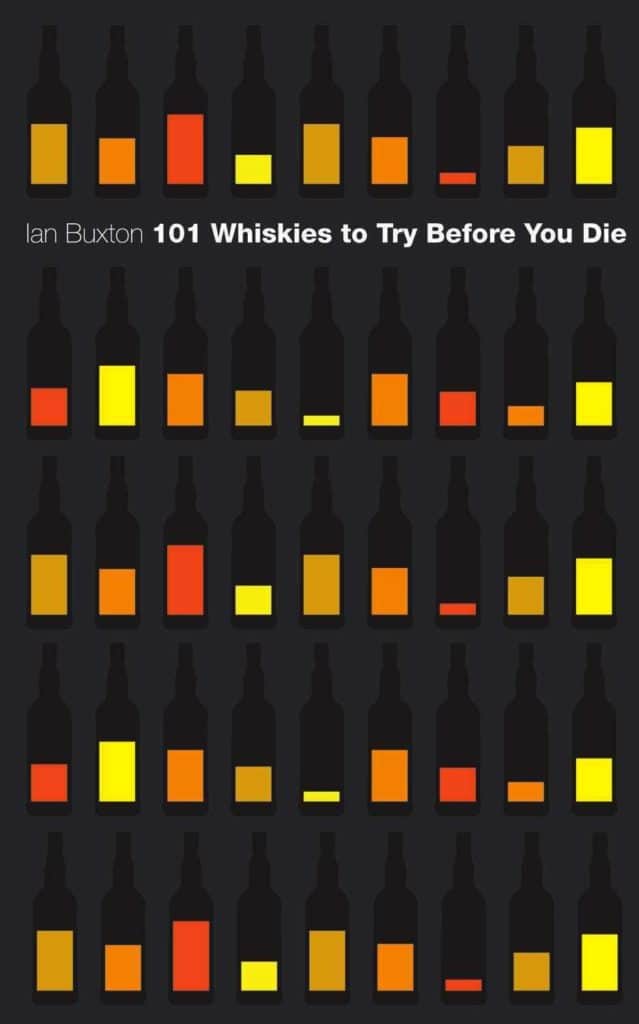

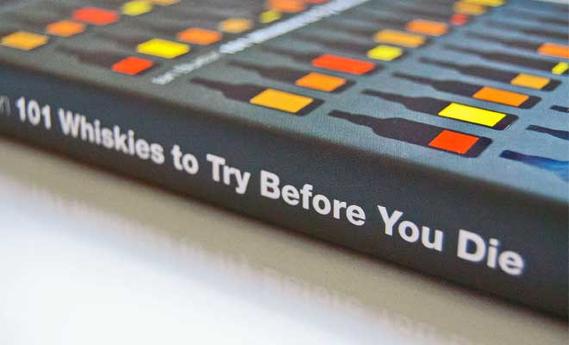
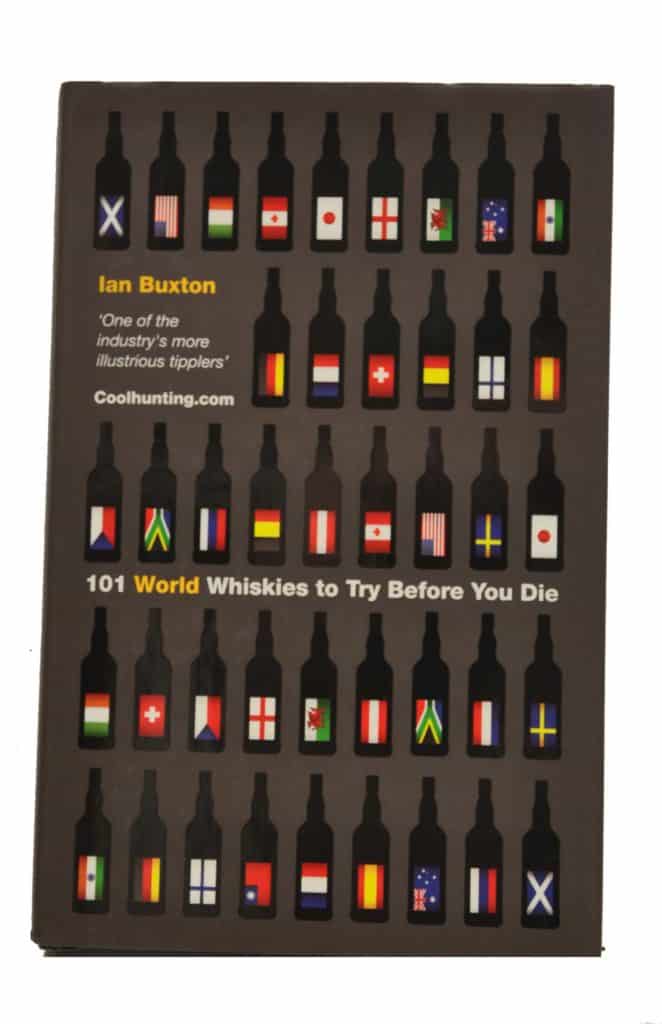
GreatDrams: What’s next for the whisky category do you think?
Well, everything seems to be just peachy, doesn’t it? But I do worry that some prices are getting unsustainably high; that certain brands have begun to believe their own PR hype; that there is a lot that could go wrong in the all-important developing markets about which we hear so much and I remain convinced that the ‘investment’ bubble is going to end badly.
GreatDrams: Do blends get a hard time of it in your view? They don’t seem to be as collectable or even as valuable when arguably the skill behind creating them is incredible…
I don’t know that they’re that bothered. After all, they account for well over 90% of global sales so they can afford to take a pretty relaxed and confident view. And let’s not forget that several of the really high-priced whiskies out there are blends – I’m thinking Johnnie Walker Diamond Jubilee Edition and the Royal Salute Tribute to Honour. They seem to being doing just fine, thank you very much.
GreatDrams: What are the biggest challenges you see the whisky market facing in the coming years?
I think I probably just answered that: justifying and sustaining premium pricing; really delivering in developing markets and – in a few years’ time – being able to handle all the massive new volumes of whisky that will come to maturity based on current distillery expansions without wholesale price cuts and a repeat of the ‘Whisky Loch’ fiasco.
GreatDrams: How many whiskies do you have in your own collection? Any you’d never open?
Very few. I don’t collect whiskies. I do collect books about whisky and distillation, of which I have many and I collect artefacts relating to Pattison’s and the Pattison crash (one day, for my own satisfaction, I am going to write a book about this).
I don’t collect whisky; I drink it. Having said that, I have a very few bottles which have strong personal associations and I keep those as mementoes, enjoying the potential idea that I will open them eventually – or perhaps they can be opened at my wake. They’re not especially valuable, the value is personal to me and they wouldn’t mean very much to a collector.
GreatDrams: Has anything shocked you in the world of whisky over the years?
I’m genuinely shocked that it continues to provide me with a living. Does that count?
GreatDrams: No.










